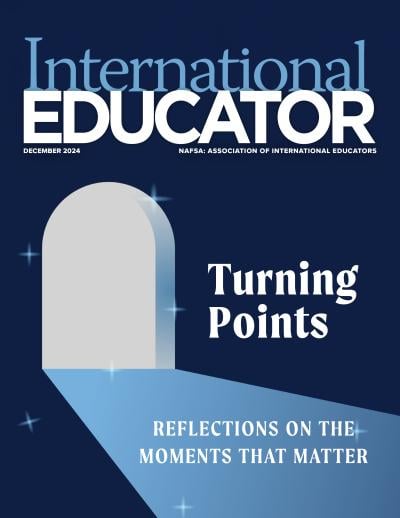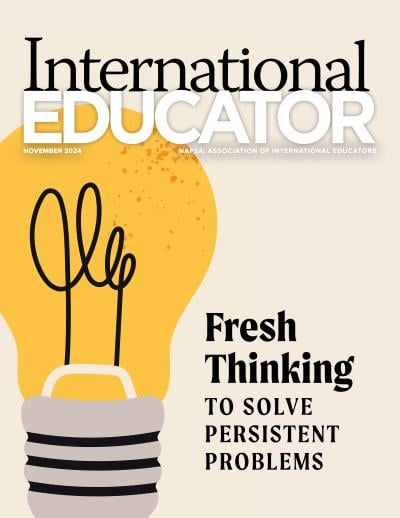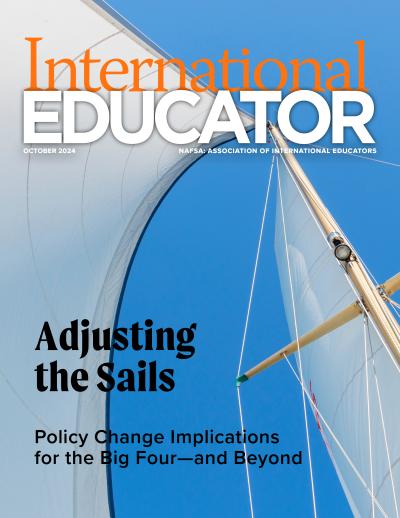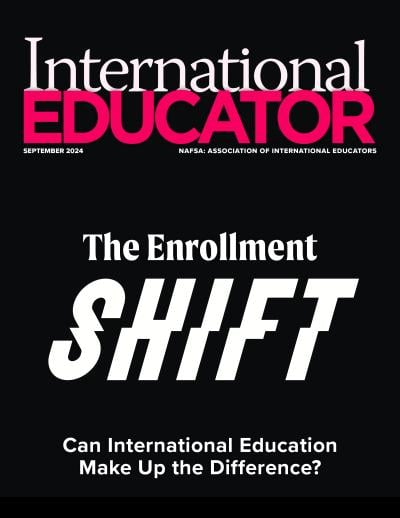Scales of Global Learning: Prisms, Knots, and a Cup of Coffee
Being able and willing to recognize oneself as part of a complex and interconnected world is an essential component of global learning. If students are to engage in global challenges, educators must employ pedagogies that prioritize outcomes where students learn to seamlessly view themselves as related to other people, locations, and issues around the world. How do educators create learning environments that not only allow students to learn about the world, but, more importantly, prompt them to see the multifaceted and intersecting undercurrents that give meaning to the world and to their lives within it?
Imagine global pedagogies as a metaphoric prism. Consider how a prism splits light into constituent colors or allows you to see an image projected at various angles. A pedagogical prism provides multiple faces through which to dissect the complexity of the subject matter. In a prism formed through global learning pedagogies, these faces include the diverse questions, assumptions, idiosyncrasies, and disciplinary and professional paradigms that students bring with them to learning environments, as well as angles of interpretation they may newly acquire in the classroom: theories, methodologies, and ways of analyzing subjects economically, culturally, nationally, politically, historically, globally, and so forth. Because the faces are personal as well as academic, pedagogical prisms allow students to look out while looking in; they create learning spaces where students can view the world through multiple vantage points assembled through their studies and experiences, thus answering academic questions while also exploring themselves. Pedagogical prisms allow students to see global











